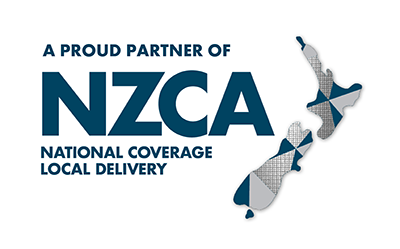There is a lot of discussion currently about risk in the industry. Who should bear risk? What is risk and what effect does it have on contractors’ ability to meet their obligations to the contract they have with their client?
There are many questions associated with risk, and it is of critical importance that contractors understand the concept of risk.
There are several forms of contract, but my focus for this article is fixed price lump sum contracts, which are probably the most common form of agreements in the New Zealand construction industry.
By my thinking, there are two types of risk for builders:
• Commercial risk: This is where builders decide the quantity and cost of materials, labour and preliminary and general items that it will take to complete the project they are pricing. Builders assess these costs in various ways to ensure they have enough of everything to complete the works.
• Contractual risk: These are the conditions that spell out how the contractual relationship will be administered during the works and, for some, a period after completion of the works — eg, a defects liability period.
Typically, there are two parties to a construction contract — the client (principal) and the builder (contractor).
A contract document typically consists of three parts:
• The contract agreement: This sets out the date of the agreement, who the parties to the agreement are, the price for the contract works, and the documents that comprise the contract — ie plans, specification, and pre-tender and post-tender correspondence, along with any other information relevant to the project.
• General or specific conditions of contract: These are the normal conditions of the contract that exist in the unaltered document. They set out how specific items are managed throughout the contract period, such as payment process, variation management, time for completion, and information on insurance.
• Other, additional and/or amended conditions: These are where the general or specific conditions of the contract are amended, altered or added to. The net effect of this is that it can shift the balance of the contractual risk profile to one or other of the parties to the contract.
I have made it a mission of mine to focus on the other, additional or amended conditions, as this has been where there are changes from the client that can shift the balance of risk firmly into the contractor’s lap.
ASSESS THE IMPACT OF ANY CHANGES
Each of the other, additional or amended clauses needs to be carefully examined and understood by contractors.
Together with that, contractors need to assess the impact of the changes, and look at how they are going to cover the risk.
For example, if the contract states that the contractor cannot claim for escalation in costs during the contract period — for example, if the price of concrete goes up — then it is prudent for the contractor to cover that risk by assessing the duration of the contract versus the cost, and then to allow a sum to cover unforeseen cost escalations and to include this in the tender.
To help assess the risk, I encourage contractors to seek the appropriate advice from their legal representative. I also encourage them to read each of the changes and ask what is the meaning of the clause? Ultimately, they are only words, but they can sometimes be interpreted in several different ways.
There is a critical word in the document which is “agreement”. So, if you do not like an amended or additional clause, you have the right not to agree to it prior to signing.
This is critical to protecting the amount of risk contractors accept with regards to how the contract works are administered.
My company once had a large house to tender for on the client’s coastal site that they had owned for some time.
Reading through it, there was a clause that said “if the site subsides and causes damage to the building, the contractor must rectify the damage at its cost”.
So, to summarise, we had no control or supervision of the site selection, geotech engineering or design of the dwelling, but this clause made us responsible if any of the above failed!
Needless to say, we did not even look at the plans, and gracefully declined the offer to tender.
As builders and clients, both parties need to understand the balance of risk that is embodied within the contract document.
The balance of risk shifts every time there is an additional or amended clause added to a contract, and careful consideration needs to be taken to cover that risk.
This may mean that additional cost is added to the tender that the client may not be comfortable with.
REBALANCING THE RISK
A conversation then needs to be had about sharing or rebalancing the risk profile so that each party has a responsibility for an acceptable amount of the contractual risk.
In summary, I encourage you all to seek advice prior to signing a contract if you’re not sure about anything in that contract.
More importantly, read the changes to the contract and understand what it is you are entering into, even before you price the job.
It may be worth bowing out at that stage rather than committing resources to pricing it when the risk is too high.
Please note that this article is based on personal building and business experience, and I encourage you to seek the appropriate advice at any stage.
Written by RMBA president Darrell Trigg and originally published in the Building Today Magazine







